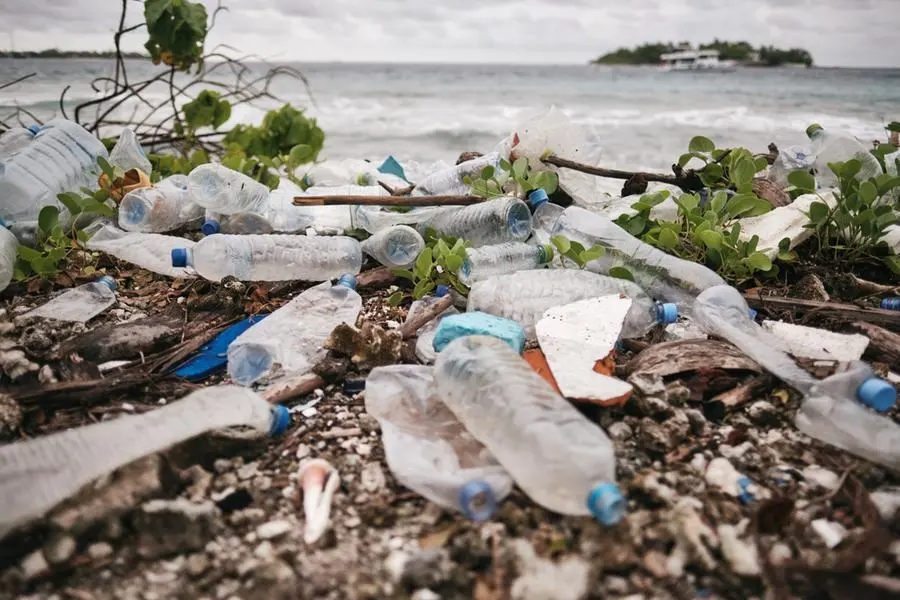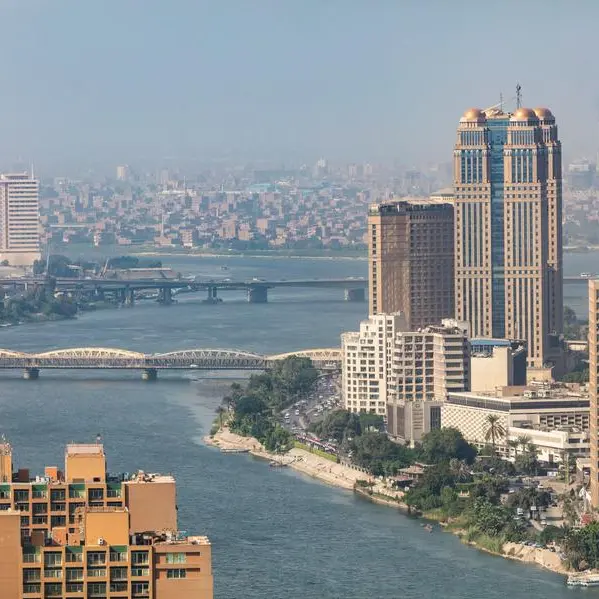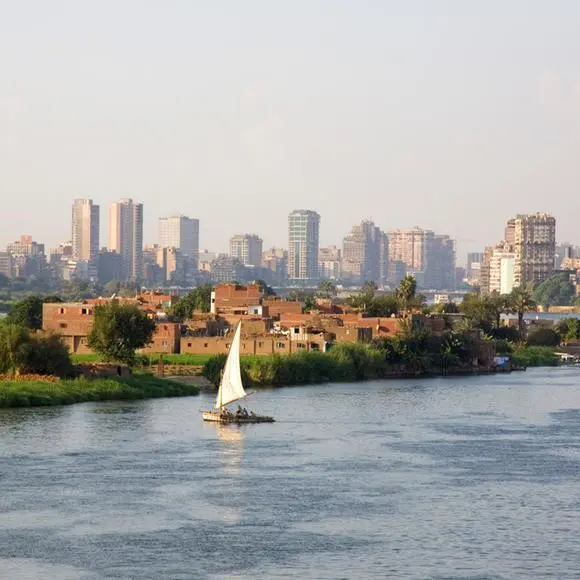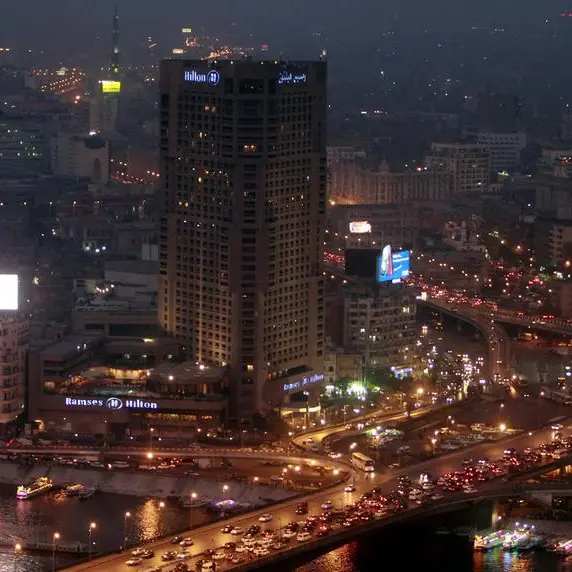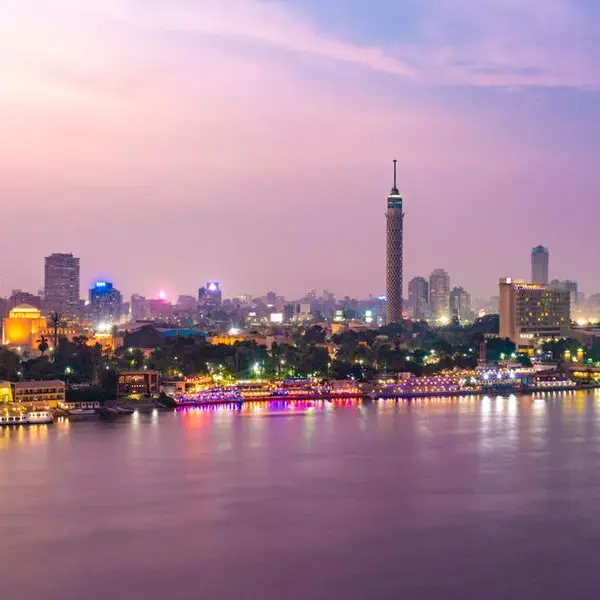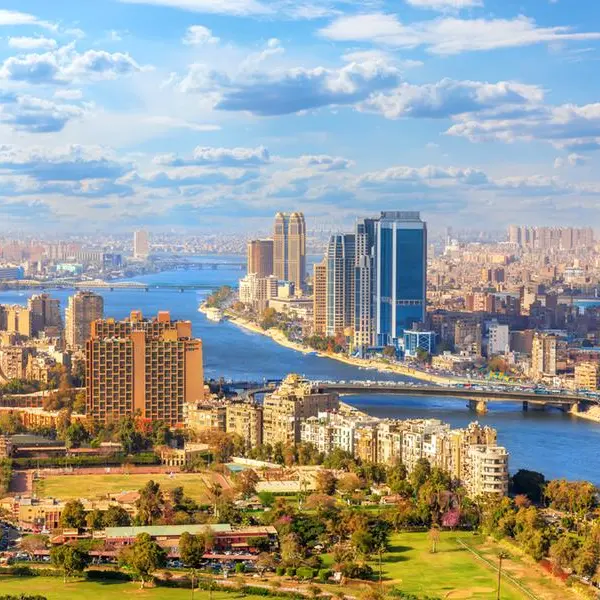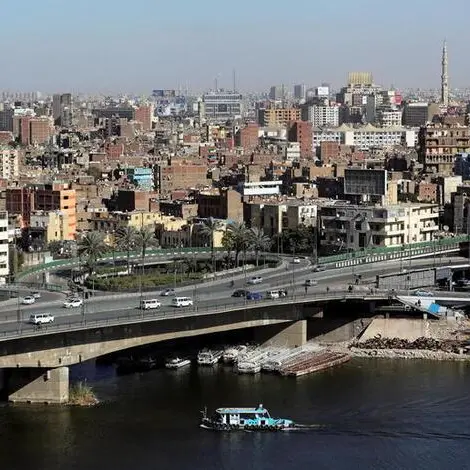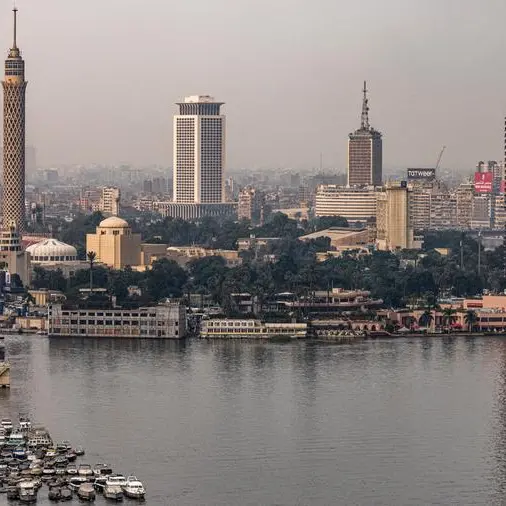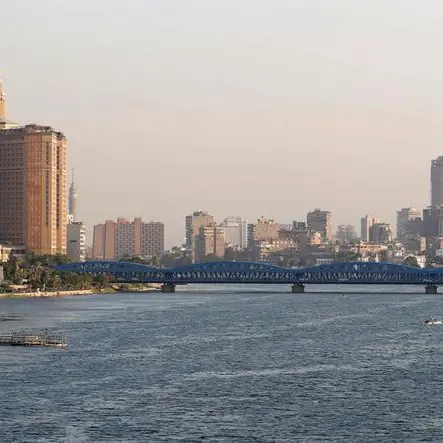PHOTO
Image used for illustrative purpose. Getty Images
Over 84% of waste in the coastal marine environment is polymer-based, mainly plastics. The remainder is made up of minerals, building materials and glass, data published by the WWF North Africa-Tunisia office show.
Most marine litter was found in the Kheireddine Canal (2,086 waste items along 100 metres of coastline ), Gulf of Gammarth (1,179 in 100 metres of coastline) and Chott Limaoua in the Gulf of Gabes (893 in 100 metres of coastline).
However, the lowest quantities were recorded at Yeti 2 beach in the Gulf of Gabes (755 in 100 metres of coastline) and Cap Serrat beach in the north (193 in 100 metres of coastline).
These data are the fruit of efforts of volunteers and participants in the "Adopt a Beach" campaign, a WWF initiative aimed at minimising plastic and coastal pollution through the collection of qualitative and quantitative data, Marine Programme Coordinator Mehdi Ben Aissa told TAP.
The 1st edition of this programme was held in 2023 with the participation of 40 partners, most of whom represent the civil society.
In each edition of the programme, their mission is to monitor the pollution of the beaches and conduct a study on their environmental situation, he added.
"The results of this study are available on the WWF website. "In addition to monitoring, the WWF Tunisia Office is working on environmental education in public and private schools," he added, indicating that it seeks to endeavour to introduce environmental education as a school subject.
Ben Aissa further said that 84% of schools had affirmed willingness to include this subject in the curriculum. In fact, a pilot experience will be launched next June.
Tunisia generates over 2.5 million tonnes of waste per year, with plastic waste accounting for 10% of all waste, data published by the Environment Ministry show.
500,000 tonnes of plastic waste end up in the sea each year, causing major environmental damages to the marine ecosystems and human health.
© Tap 2022 Provided by SyndiGate Media Inc. (Syndigate.info).
